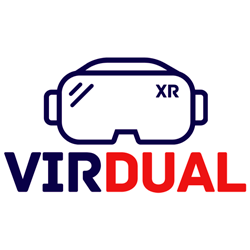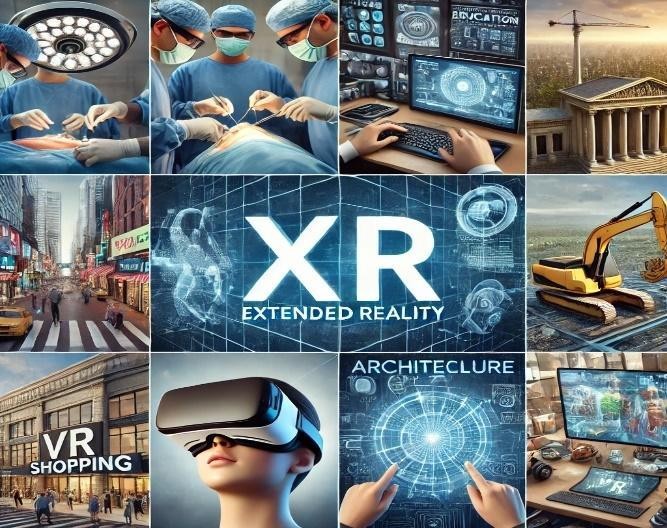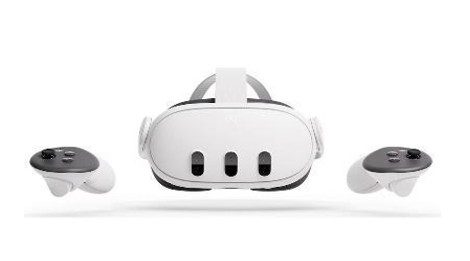Main ideas
- Introduction to XR Technologies: XR (Extended Reality), encompassing Virtual Reality (VR), Augmented Reality (AR), and Mixed Reality (MR), enables users to interact with both digital and physical environments. Its core features of visualization, immersion, and interaction make it widely applicable across industries such as education, healthcare, and enterprise.
- Key Characteristics and Applications: XR’s ability to create realistic models, immersive experiences, and interactive environments drives its adoption in diverse fields. Examples include medical training, student learning, and employee virtual training, showcasing its transformative potential.
- Understanding XR Infrastructure: XR relies on specialized hardware like VR headsets, AR glasses, and sensors, which track user movements and adapt content in real-time. Software platforms play a vital role in rendering digital elements and creating interactive user experiences.
- Best Practices for Setup: Effective installation and configuration of XR systems ensure optimal performance. Compatibility between hardware, network requirements, and proper setup minimizes technical issues and enhances system reliability.
- Managing and Sustaining XR Systems: Practical techniques for operating XR systems include addressing technical challenges, optimizing efficiency, and integrating XR into workflows. Emphasis is placed on ecological sustainability, scalability, and balancing costs with security considerations.
- Real-Life Applications and Outcomes: Real-world examples highlight how XR systems are implemented and maintained, providing practical insights. By the end of the course, learners will understand XR concepts, identify key components, and apply best practices to build, manage, and scale XR solutions effectively.
Aims
The primary aim of this course is to provide the learners theoretical knowledge and practical skills on how to design, set up and administer XR (EXTENDED REALITY) infrastructures in educational and corporate environments. Extended reality (XR) technologies include Virtual Reality (VR), Augmented Reality (AR), and Mixed Reality (MR). Setting up XR equipment can be time-consuming, and maintaining it requires technical expertise. Devices may need regular updates, troubleshooting, and repairs. The invisibility inherent in wireless communication technologies tends to obscure the status, capacity, and coverage options. In particular, classroom wireless connectivity problems often relate to local environmental features and usage patterns characterized by the transience, intensity, and variety of connections to be found across the roaming connection behaviours of students and instructors. In this course learners will learn XR fundamentals, basic hardware and software components, and strategies to organize and enhance XR systems. Sustainability, scalability, security and cost-efficiency fall the most predominant feature while carrying forward robust and future-proof XR infrastructures throughout this course.
Course Features
- Lectures 21
- Quizzes 3
- Duration 10 weeks
- Skill level All levels
- Language English
- Students 1
- Certificate No
- Assessments Self
Curriculum
- 4 Sections
- 21 Lessons
- 10 Weeks
- A. Introduction to XR Concepts and Theoretical Foundations10
- B. Hardware and Software Essentials for XR Systems6
- C. Integrating XR Infrastructure Management into Daily Practices6
- D. To know more2





